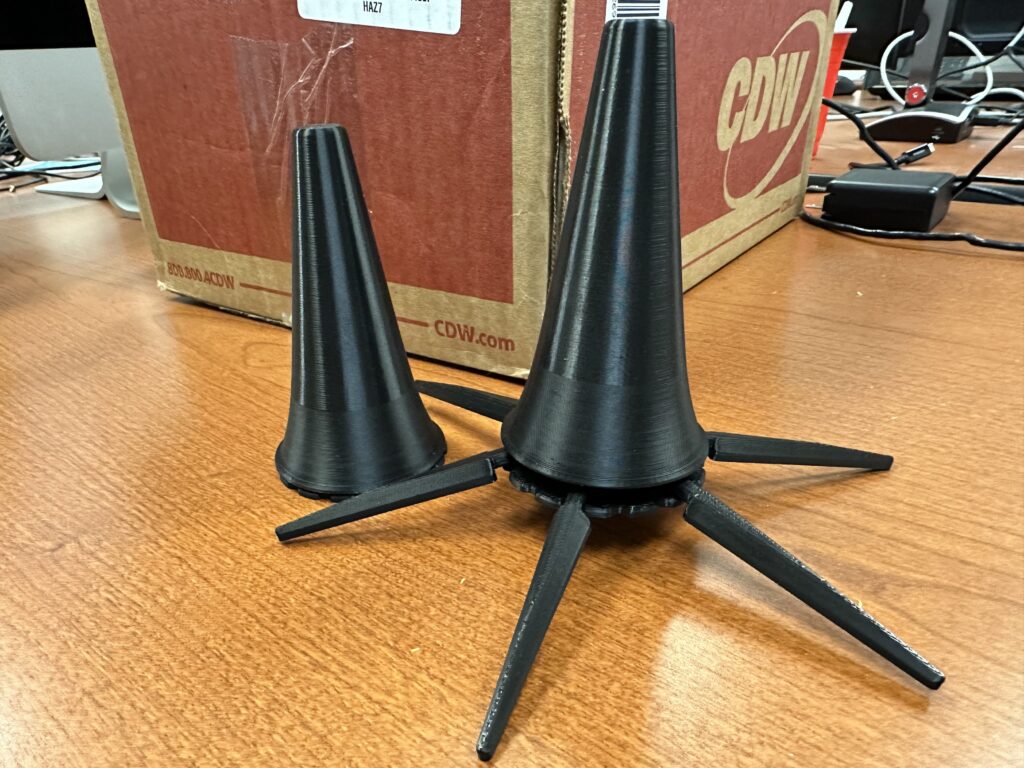Dubya writes “what are the differences in hard rubber...
Hardware
pattern_sound writes “So, im looking into getting a new...
Anonymous Coward writes “Hey, Does a different type of...
akakoa writes “I have a Selmer Signet 100 series...
Anonymous Coward writes “I have a R13 Clarinet, and...
I found this great little bit at Memepool Do...
I found this email off the Sneezy Clarinet List....
Fred writes “Is anyone familiar with Buffet’s very limited...
